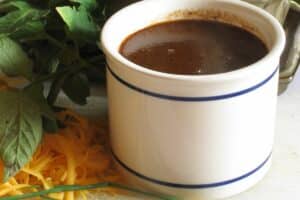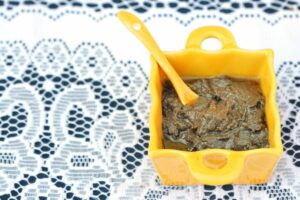You know the hazy, starchy liquid that remains after boiling your pasta till it’s perfectly al dente? Culinary gurus urge that we never waste pasta water, but it’s one of the most overlooked steps when you’re making a creamy sauce and well-made dough.
If you forgot about it and you’re in the middle of preparing either, don’t worry — we have the greatest pasta water alternatives listed below. The best part? You won’t even have to cook actual pasta.
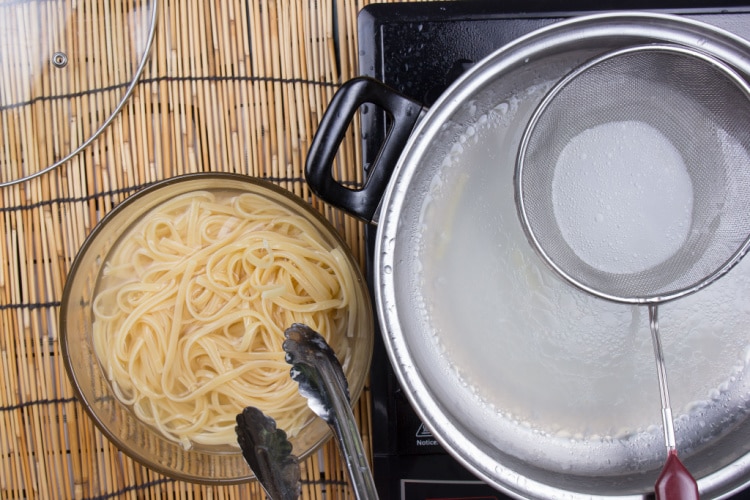
The “Liquid Gold” a.k.a. Pasta Water
Pasta water is the excess liquid from cooking pasta, full of starchy, salty delight.
If you pour your pasta water through a strainer and down the sink, you’re wasting a vital resource that chefs call “liquid gold.”
This liquid gold is the secret to a good sauce and a stunning pasta dish. However, its use is much more varied than just in Italian recipes.
Although pasta water is a great ingredient to have on hand for pizza and bread dough, you can also use it to soak and soften lentils or other legumes. Some cooks even use it to boil vegetables or as the foundation for a hearty tomato soup or beef stew.
As you can see, there are tons of uses for pasta water, but we’re not here for that. What’s often overlooked is that there are as many pasta water alternatives as there are uses for it. Let’s see what they are.
The Best Pasta Water Substitutes
Corn Flour
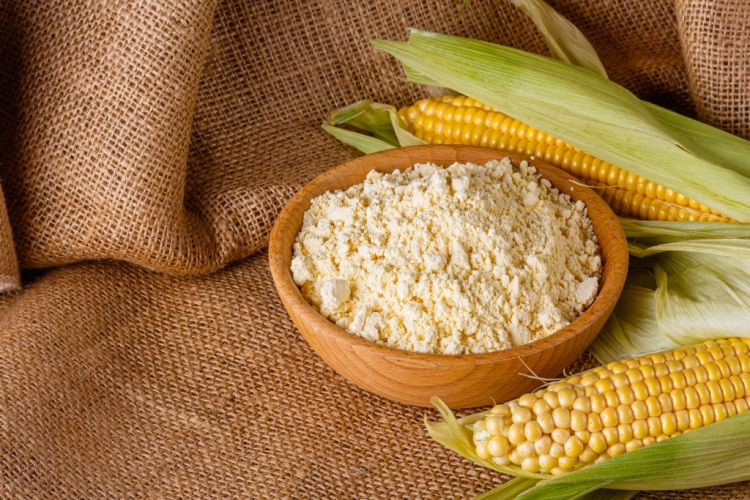
Corn flour is a renowned thickening ingredient with a velvety texture and flavorless taste. It’s the most commonly used alternative for pasta water since it’s economical, adaptable, and versatile.
Corn flour is a starch, which means all of its gluten has been removed, making it an excellent option for anyone suffering from gluten intolerance.
To create a good substitute for pasta water, you must combine the corn flour with salt, water, and oil.
When cooked, it has a more gel-like texture than pasta water, so it’s best to use it sparingly.
Don’t make the mistake of using cornmeal instead of corn flour. Cornmeal has a coarser texture, making it an unsuitable alternative for a velvety sauce or stew.
Potato Starch
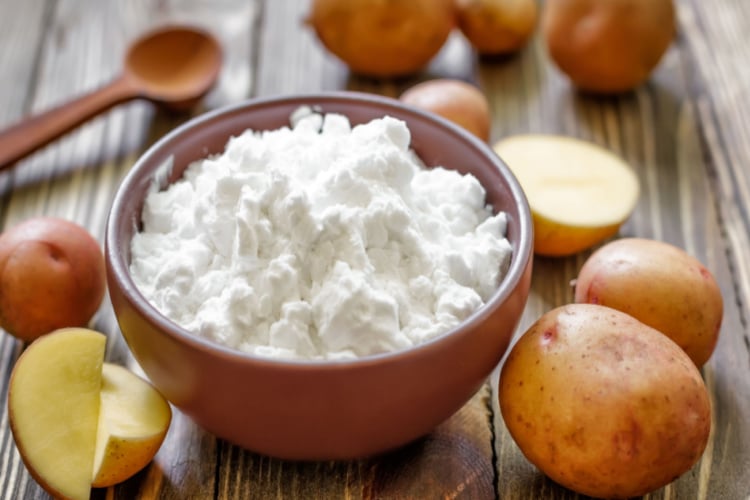
You can use a water and potato starch mixture instead of pasta water not only to make your dish thicker but also to increase its sweetness.
Gluten-free chefs swear by this alternative, so if you or a dear one is allergic to gluten, this is an option you can try.
Cooked potato starch has a texture that is nearly comparable to pasta water and a somewhat neutral-to-sweet aftertaste.
The key to using potato starch is to use it in moderate amounts, cook it over low heat, and mix it thoroughly until all lumps are gone.
If you can’t find potato starch, you may also use potato flour. While they are nearly identical, the flour has a stronger potato flavor and is mostly used when the stronger flavor benefits the dish.
Corn Starch
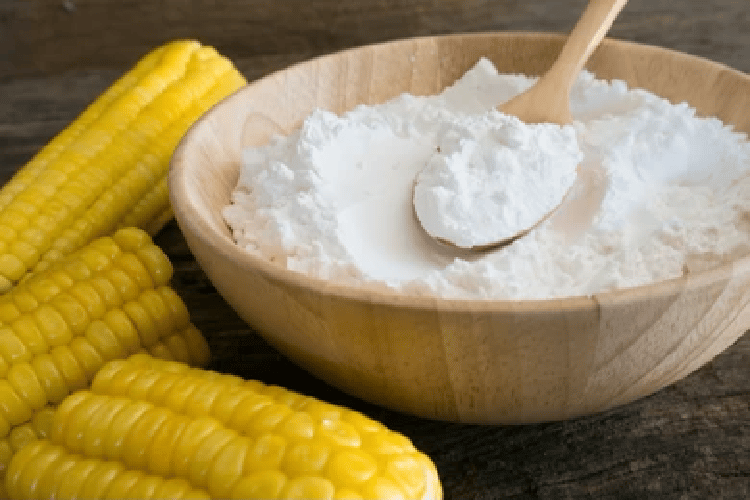
Cornstarch with water is another gluten-free alternative to pasta water.
It just takes one or two tablespoons of cornstarch combined with a small amount of water to get the same thickening effect as pasta water.
Never add cornstarch directly to heated water — doing so will result in lumps rather than a smooth finish.
Then, after thoroughly combining the cornstarch and cold water, add the hot water a spoonful at a time.
Since water and cornstarch yield a bland, flavorless substitute to pasta water, you may season your dish with salt to make it taste better.
Flour
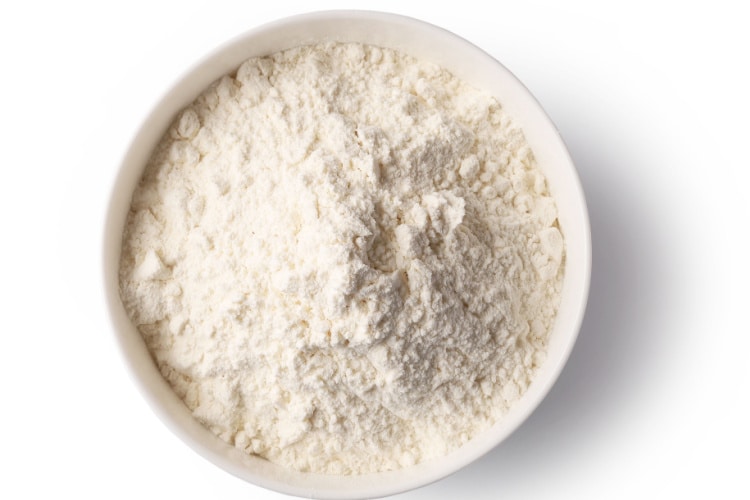
When you don’t have any other options, flour and water can also work.
To use it as an alternative for pasta water, mix one tablespoon of all-purpose flour with a tiny quantity of water and whisk until well incorporated.
Pour one spoonful of warm stock or water at a time into your sauce, gravy, or whatever recipe you wish to thicken.
Since uncooked flour causes digestive troubles, we advise cooking your dish for five additional minutes after adding the flour and water mixture to the saucepan.
Xanthan Gum
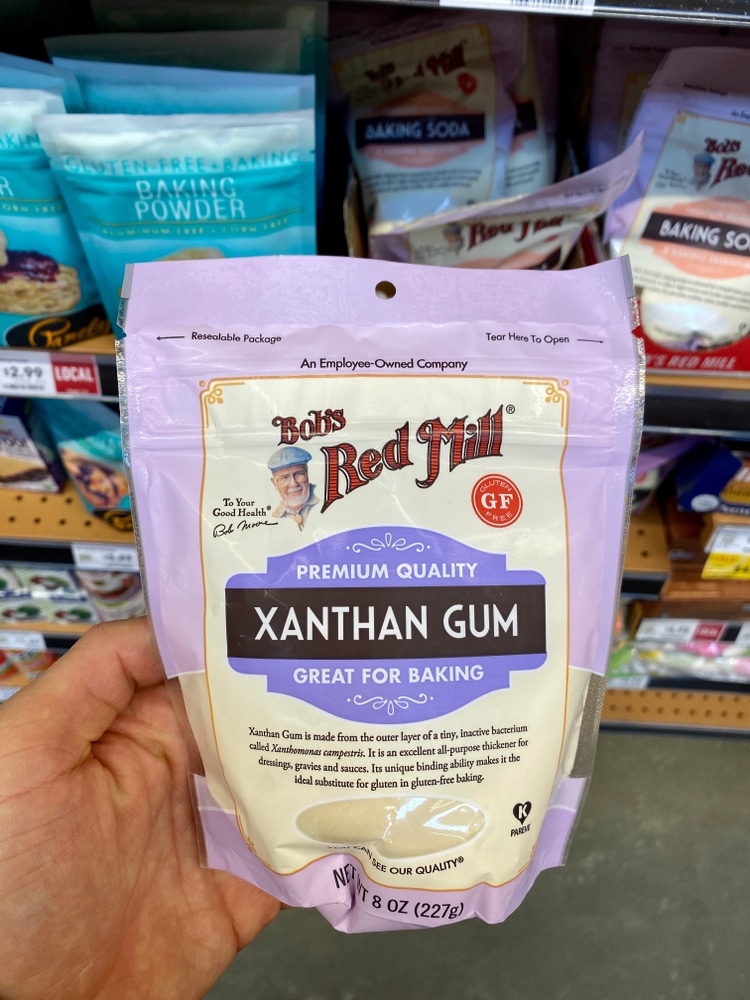
If you’re searching for a budget-friendly alternative to pasta water, Xanthan gum is another good choice.
The gum’s best characteristic is that it does not require any heating or chilling to work well as a thickening agent.
You just need ⅛ tsp for every cup of liquid you want to thicken. Remember to stir well.
If you’re thickening a sauce with xanthan gum, we advise mixing it with oil first. Doing so will improve the texture, resulting in a more velvety and creamy sauce.
Arrowroot
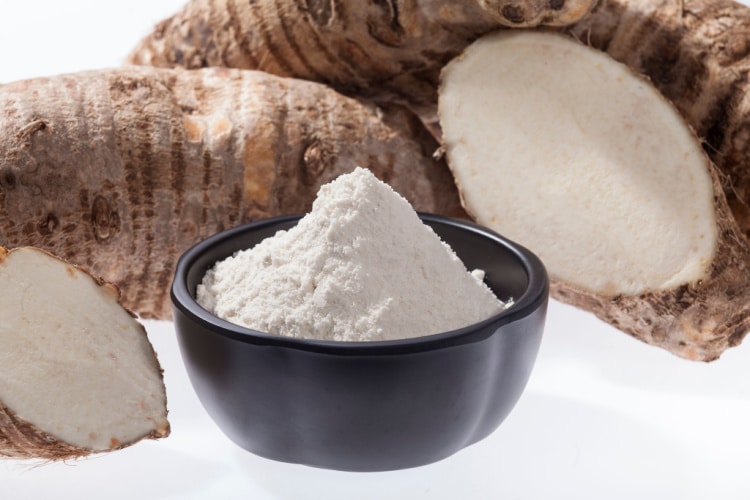
Arrowroot powder is a flavorless thickening ingredient that works fantastically as a pasta water alternative. For those who follow a gluten-free diet, arrowroot powder is yet another option to explore.
You can replace pasta water with arrowroot powder by combining 4–5 tsp with around 3 tbsp water.
Make a slurry and add it to your sauce, soup, or whatever you’re creating.
Arrowroot does require a little heating to thicken, so make sure you cook the dish a bit longer after you add it.
Boiled Potato
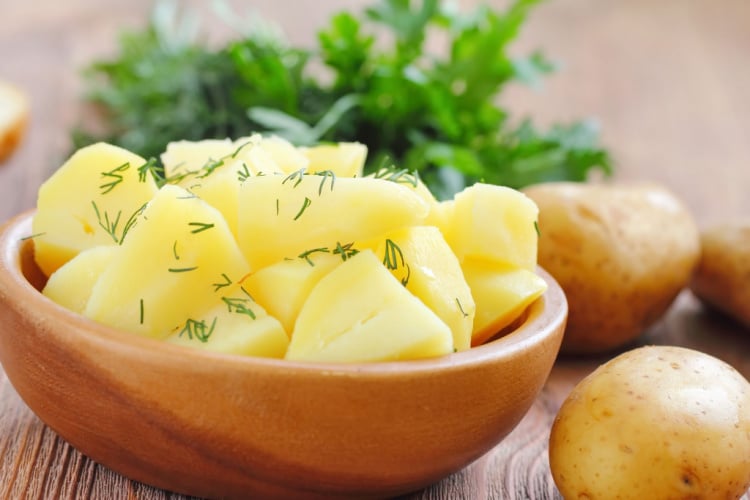
Potatoes are a terrific thickening agent that will offer the most nutrients to your dish compared to the other options on our list.
To begin, peel and finely dice the potatoes. Cook them in water until they’re soft enough to fall apart.
Remove the water and mash the potatoes. Add around two tablespoons to a sauce, soup, or stew and whisk thoroughly for around 5 minutes.
If you like, you can add more mashed potatoes to make an even thicker texture.
As with the leftover potatoes, you can always use them to make creamy mashed potatoes that you can enjoy with your family.
Conclusion
Pasta water is a starchy culinary gem that thickens sauces, soups, and stews, softens beans, works well in dough, and is great for boiling vegetables.
However, if you forgot to set aside a cup before draining your pasta, and now you need it in your recipe, you still have options.
You can substitute pasta water with seven alternatives: corn flour, potato starch, cornstarch, all-purpose flour, xanthan gum, arrowroot, and boiled potato.
Next time you forget to save your pasta water, you’ll definitely have a plan B.




